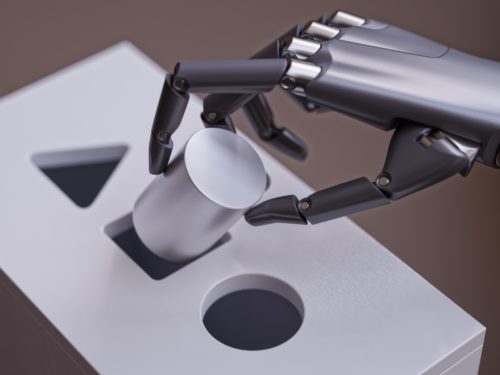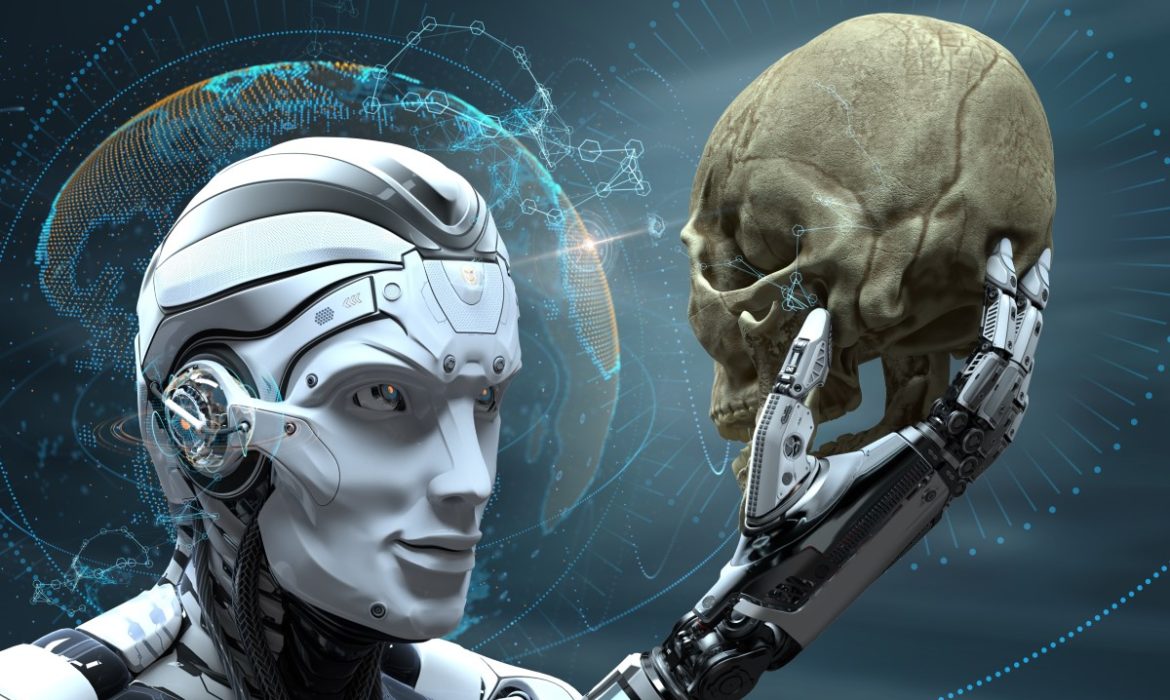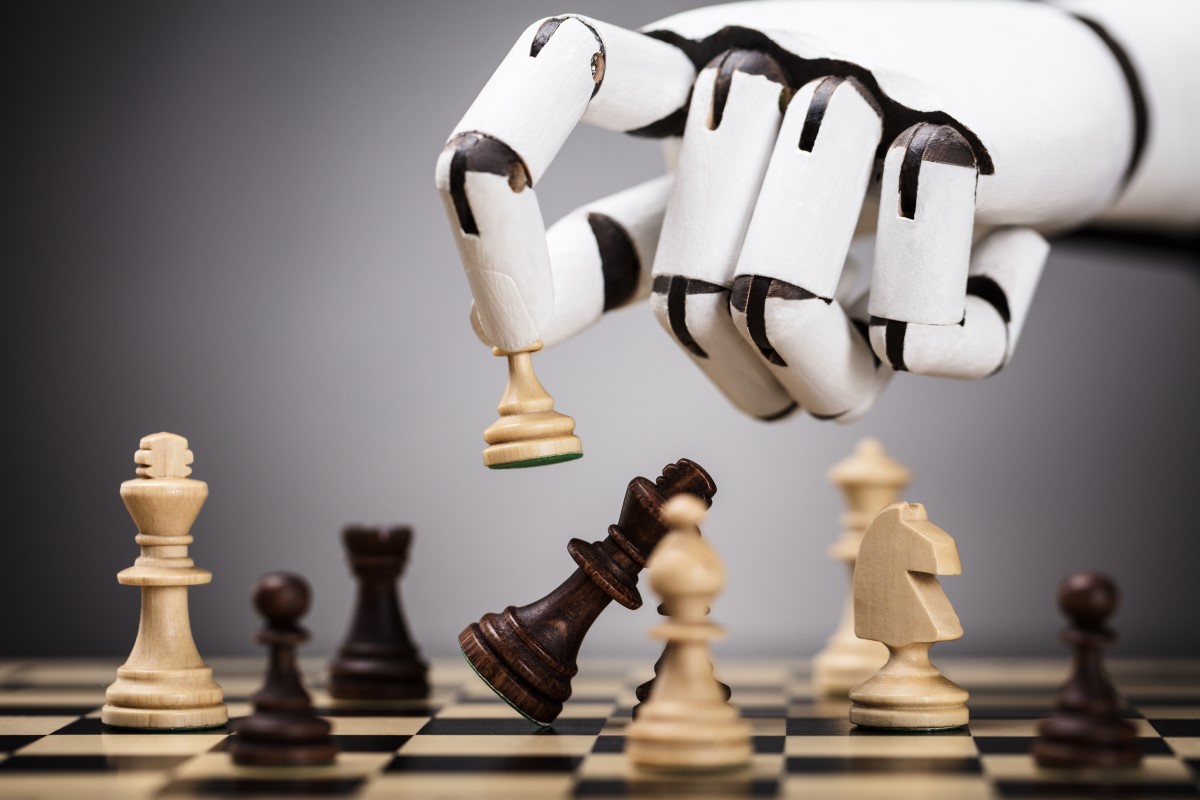Is there a chance that one day we will wake up and find out that a super-powerful artificial intelligence emerged, with disastrous consequences? Nick Bostrom wrote a book called Superintelligence, and Max Tegmark wrote a book called Life 3.0. There are also more recent articles about artificial intelligence. They all argue that malevolent superintelligence is a considerable risk for humanity.
There are endless speculations about that topic. But a more concrete question is better: What will alert us in case that superintelligence is indeed around the corner?
Such harbingers might be canaries in the coal mines of artificial intelligence. It is in case the artificial-intelligence program will develop a fundamentally new capability, then it will be the equivalent to a canary collapsing. It is an early warning on the horizon of artificial intelligence breakthroughs.
Alan Turing invented the famous Turing test in 1950. It posited that human-level artificial intelligence would reach a point where a person won’t be able to differentiate if they are talking with a computer or with a human. It is not a canary, but still, it’s an important test. Instead, it is the sign of human-level artificial intelligence arriving. Many scientists of computers believe that if that moment comes, superintelligence will quickly follow. Thus, we need more milestones of intermediate.
Of course, artificial intelligence performance in games such a Quake 3, poker, or go is not a canary. The bulk of so-called artificial intelligence in these games is personal work for framing the problems and designing the solution.
Artificial Intelligence vs. Humans
AlphaGo’s victory over the human Go champions was thanks to the talented human team at DeepMind. It was not the credit of the machine, which merely can run the algorithm the people had created. That explains why it takes years of hard work for translating artificial intelligence success from one narrow challenge to the next. Since 2017, even AlphaZero, which learned to play world-class Go in a few hours, hasn’t broadened its scope substantially. Deep learning methods are general; nevertheless, their successful application to particular tasks requires extensive human intervention.

At the core of artificial intelligence’s successes over the last decade or so is machine learning. Despite that fact, the term “machine learning” is a misnomer. Machines are possessing only a narrow sliver of humans’ rich and versatile learning abilities. Saying that machines learn, it is like saying that baby penguins know how to fish. While in reality, adult penguins swim, capture fish, digest them, regurgitate it into their beaks, and then place morsels into their children’s mouth. Engineers and human scientists are likewise spoon-feeding artificial intelligence.
Human learning maps a personal motivation to a strategic learning plan, in contrast to machine learning. Moreover, a human formulates specific learning targets, labels and collects data, and incorporates external feedback and background knowledge. None of these human abilities are familiar to the machines. Machines can only perform superhuman statistical calculations; nevertheless, that is merely the last mile of the learning.
Then it comes that our first canary is an automatic learning formulation of learning problems. Nevertheless, it does not appear to be anywhere close to dying.
















